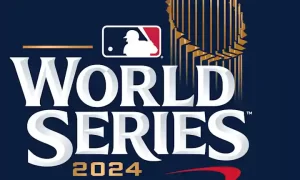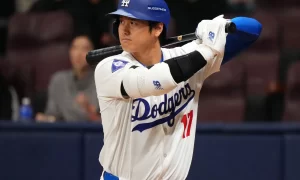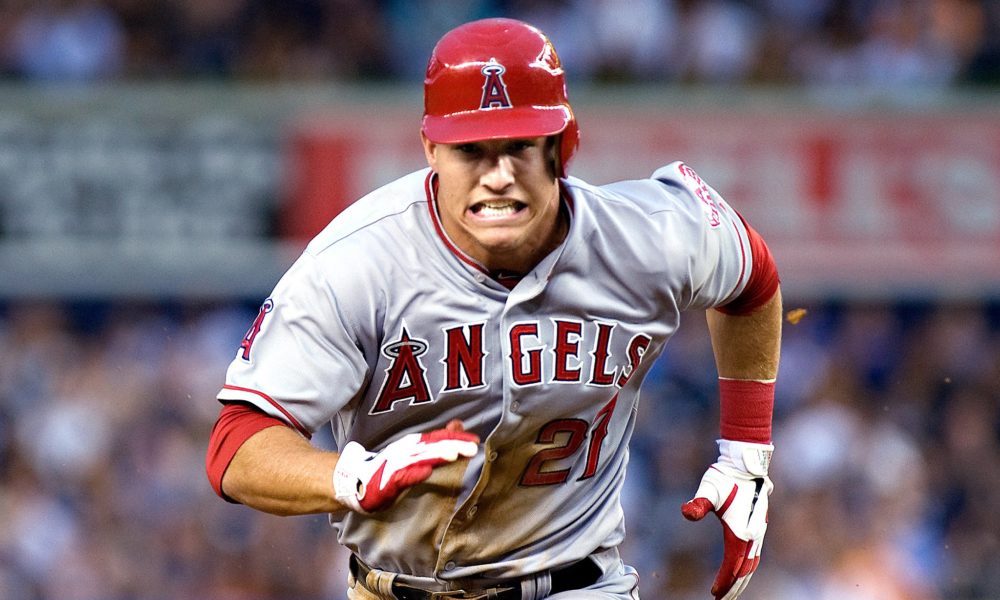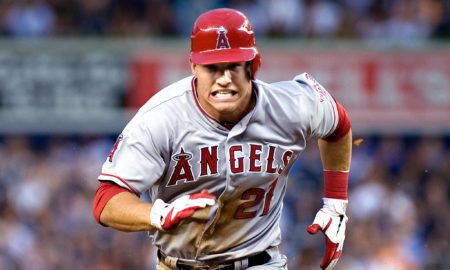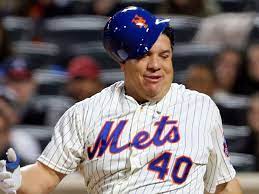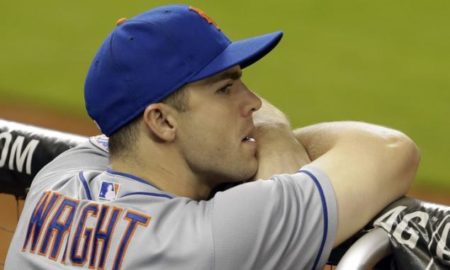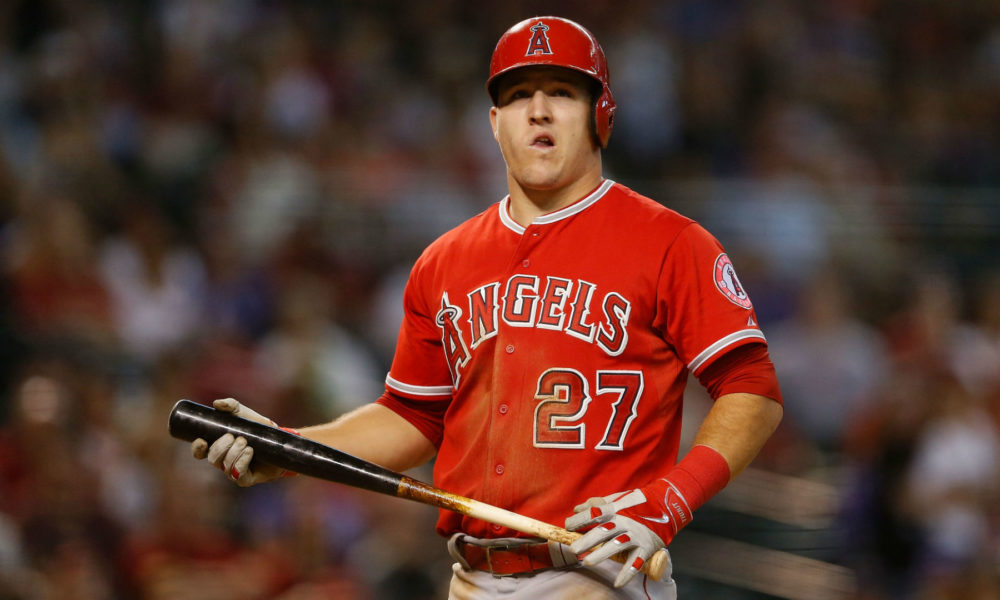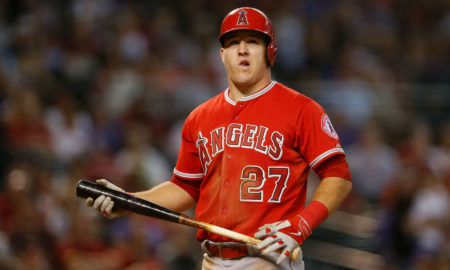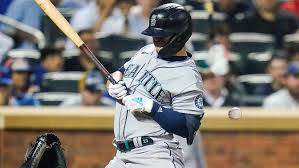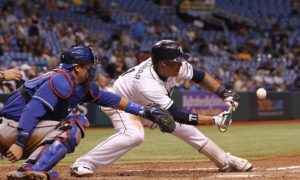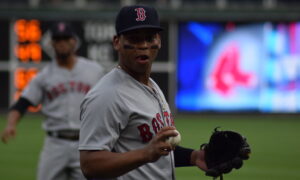Highlights from SABR Virtual Analytics Conference 2021
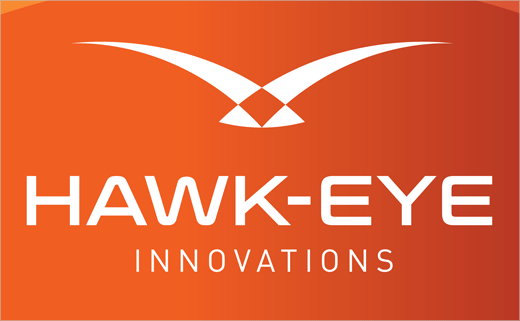
Wow. I learned more about baseball in the four days of attending SABR’s conference than I had previously learned in my entire life to that point. I enjoyed every second of it. The conference is not only extremely informative, but also thought-provoking. Many of the speakers presented things that the majority of human have no idea is possible, let alone implemented within their favorite team’s front office. I strongly advise anyone who has a passion for baseball, especially on the analytic side of things, to make sure their schedules are free in mid-March 2022 so they can attend this event.
Before getting into my main takeaways, I would like to give a huge shout-out to the numerous speakers, ranging from immensely talented high school students to some of the brightest minds baseball has ever seen, who presented throughout the conference. Congratulations! Each and every presentation was professionally done with an immense amount of knowledge in each of their respective fields and left me wanting more after they concluded.
Here are my three key takeaways from the 2021 SABR Virtual Analytics Conference. We ran a similar post in 2018 in which the highlights were 1) The Home Run Rate surge (little did we know how big this story would become), 2) The shifting strike zone, and 3) Making the game enjoyable for the younger generation by de-emphasizing stats and focusing on the fun within the game. Those highlights from the thought leaders in the game have steered much of baseball over the last 3 years.
The Surge of Biomechanics in Baseball
Throughout the entirety of the conference, there were many great presentations on or involving the connection of biomechanics and baseball. Biomechanics, by definition, is the study of the mechanical laws relating to the movement or structure of living organisms. To put that into baseball terms, it is how all muscles, bones, tendons, and ligaments work together to produce movement, such as swinging a bat or pitching the ball. A key component of biomechanics has to do with the kinetic chain, which is the notion that these muscles, bones, tendons, and ligaments all have an effect on each other during a movement, which then transfer’s energy orderly throughout the body.
There are many different ways that studying and understanding how biomechanics can and will affect not only the game of baseball, but every sport. We ran a post covering this with respect to the biomechanics of Aroldis Chapman a few years ago. At its core, biomechanics identifies little miss-timings in the kinetic chain that could potentially be causing stress or underperformance, according to Dr. Glenn Fleisig of ASMI (American Sports Medicine Institute). By identifying this information, it can then be relayed onto the coaches and players so they are able to integrate these new and improved techniques into their everyday activities/routines.
While I see the benefit of studying biomechanics and its effects on baseball, I decided to ask Dr. Fleisig and the rest of the panel consisting of MLB front office personnel a question in the allotted short Q&A session following their presentation. I wondered how biomechanical analysists go about exercising this information, such as minor tweaks in motions, into real-time wins on the field. Being a former athlete myself, I always found it extremely hard to break minor habits, particularly in-season, and couldn’t imagine hearing about little things I could be doing better every day. It would drive me nuts. They told me that they are only analytical with the right information at the right times, and while they keep the athletes/coaches in the loop, they don’t overload them so they get the yips. Rather, they give recommendations, but ultimately let the players play in-season. Then, after the season is over, they will give players things to work on in the off-season to improve their health and play. Being that biomechanics is still relatively new in baseball, there is a strong focus of it in the minor leagues.
Something that I found extremely interesting during the panel was when they dug deeper into the biomechanics of pitching, and specifically by considering pitch type and how everyone is different. Contrary to the common conception that pitching more than 100 pitches constitutes the “danger zone”, it is rather the workload during those pitches that should be monitored. The biomechanics experts define this as stress and torque placed onto the arm, in which case everyone is different. Comparing me, an outfielder who never stepped onto the mound again after a woeful eighth grade relief outing, and Aroldis Chapman, an 11-year MLB vet who consistently throws 100+ MPH, I could have much more stress on my arm after throwing ten pitches than Chapman could in twenty, or vice-versa.
Stress is all about throwing motion, form, use of kinetic energy, elasticity of the arm (everyone is different), pitch type (studies find that fastballs and sliders have major amounts of torque/stress while changeups/knuckleballs are lowest) and much more! I also found it interesting when Dr. Fleisig, upon being asked, detailed that he doesn’t believe that people will be able to throw much harder than 102-103 consistently looking toward the future, even with perfect form, use of biomechanics, and extremely strong tendons and ligaments.
You can find more information about biomechanics in sport here: http://asmi.org/ or by reading some of our posts from Dr. Mike Plude over the years..
Hawk-Eye is the Future
As we all know, baseball is a game of inches. That “one extra step” could be the difference in winning or losing a closely contested game, and with the newly introduced Hawk-Eye computer vision and tracking systems in baseball, that extra inch could be viewed and studied to swing the pendulum in your team’s direction. Hawk-Eye, a UK firm based out of Winchester, will be a game changer looking towards the future with twenty synchronous cameras that each trace the ball’s trajectory and speed during the game. This will open the door to some brand new opportunities in the quest to understand the flight of the baseball, specifically as it relates to pitching, and much more on the analytic side of things, according to Alan Nathan, a Physics professor at the University of Illinois. The cameras directly measure spin orientation, spin decay, spin change, and tracks the seams of the baseball all while the ball is in-flight. Upon integration, this will allow for an entirely new way for teams to look at how pitch type and release point relate to biomechanics, and will also allow scouts and other talent evaluators to see just how well their players are performing.
The reasons above aren’t the only reason that Hawk-eye cameras are so promising. These cameras will bring umpiring, coaching, at-home viewing, and even marketing to a new level. Their twenty cameras dispersed throughout the playing field will allow for officials to get the call correct (almost) every-time, coaches will get the real-time angles they need, at-home viewers to get never-before-seen angles (like one directly to the side of the base for stolen base attempts, which was an example shown in the conference), and for marketing departments to get the clips they need to excited the fans for the upcoming season.

More information about Hawk-eye can be found at:https://www.hawkeyeinnovations.com/products/smart/smart-replay
Work in Professional Sports
Throughout the course of my life, much like many others, I have always loved sports. Baseball, football, wrestling, basketball, and anything else under the sun involving a competitive nature, I thoroughly enjoy. As I am working my way through the concluding weeks of my bachelor’s undergraduate degree, I have begun to notice just how competitive the scene is for getting a job in the world of sports. There are thousands of highly-skilled individuals with credentials and experience that go way beyond anything that has ever crossed my mind to study, such as biomechanics, and what I learned is that is okay and that I am not alone. MLB Network’s Brian Kenny, upon being asked by an aspiring baseball job-seeker, said that you have to be persistent and determined to get a job in baseball. Also to be on top of applying to jobs and to really show that you have a passion for the game and that you genuinely want to be there.
Throughout the remainder to the conference, there were many different student sessions allowing for us to make LinkedIn connections amongst ourselves, engage in conversation, and learn more from individuals that are currently working our dream jobs. To name a few insights:
- A lot of people have to “build up their resume” elsewhere before being considered for a job in pro baseball, so just stay the course and gain knowledge everywhere.
- Find your niche and try different things. While you may have always wanted to work in analytics, take that sales job and see if you love it! Bad pun incoming: You miss all of the shots you don’t take.
- You have to be dedicated and love what you are doing. If you don’t, it will get tedious.
- Figure out what makes you stand out. Hope that it’s not a Dunning-Kruger effect.
- Bring something unique to the organization.
- Be involved and show your willingness to learn.
- Don’t be afraid of databases or programming languages, such as R, SQL, and Python. There are a lot of courses and websites out there that will help you. Baseball teams don’t expect you to be experts in the matter, but rather just know the basics. In talking with a couple of the presenters, they said that they learned everything from simply google searching questions they had.
- Have a channel to demonstrate your work, whether it is your writing/statistical work for your own personal blog, a website, or just posting on your social media accounts. Get it on the internet! (Editor’s note: Reach out to us here if you have an interest.)
- Finally, and most importantly in my opinion, reach out to people in the business. Whether it is over email or a message on LinkedIn, a lot of times they will respond. It is worth the “risk.”
Conclusion
The SABR Conference is really an amazing conference. The information is invaluable. Everyone should attend in 2022! I look forward to seeing you all there in the years to come.
-Alexander Wolfe

